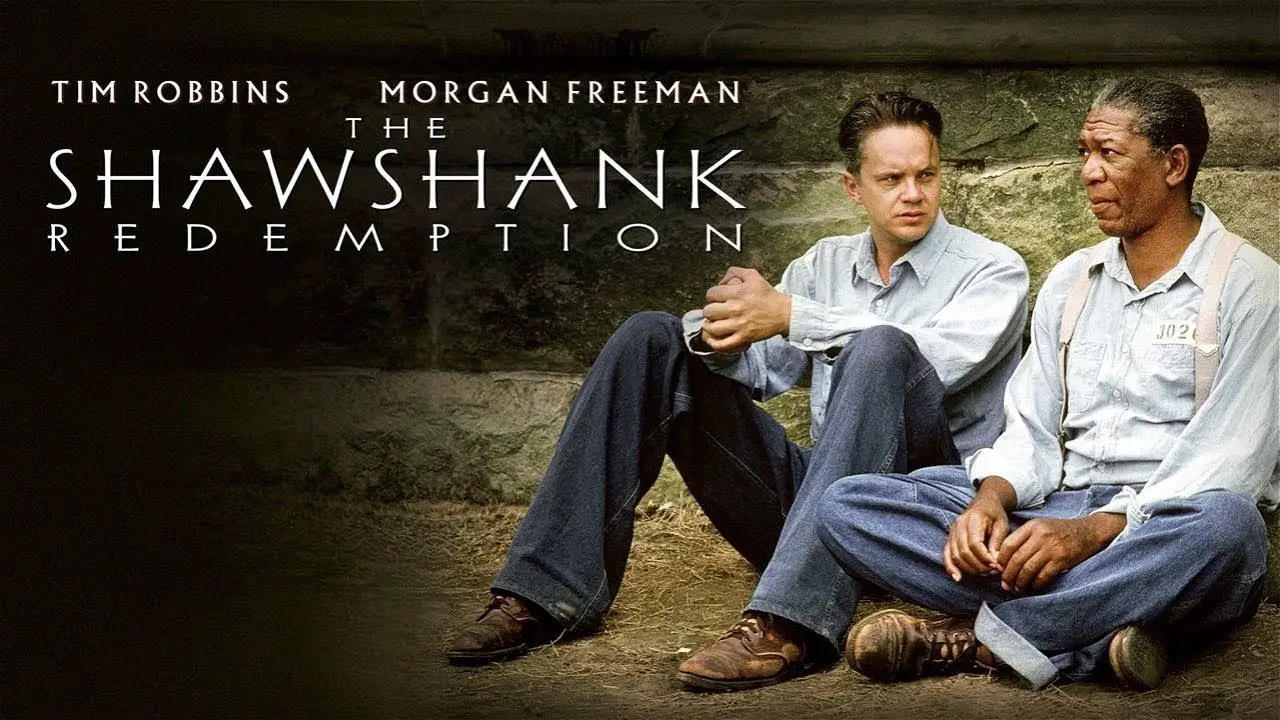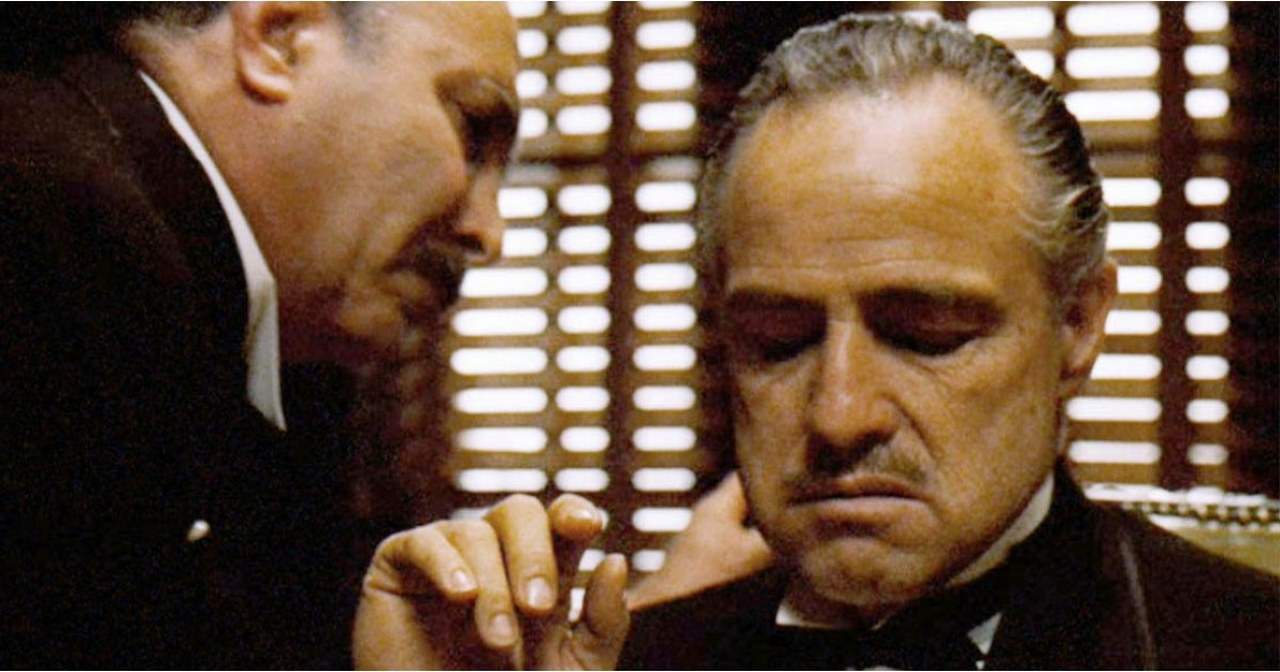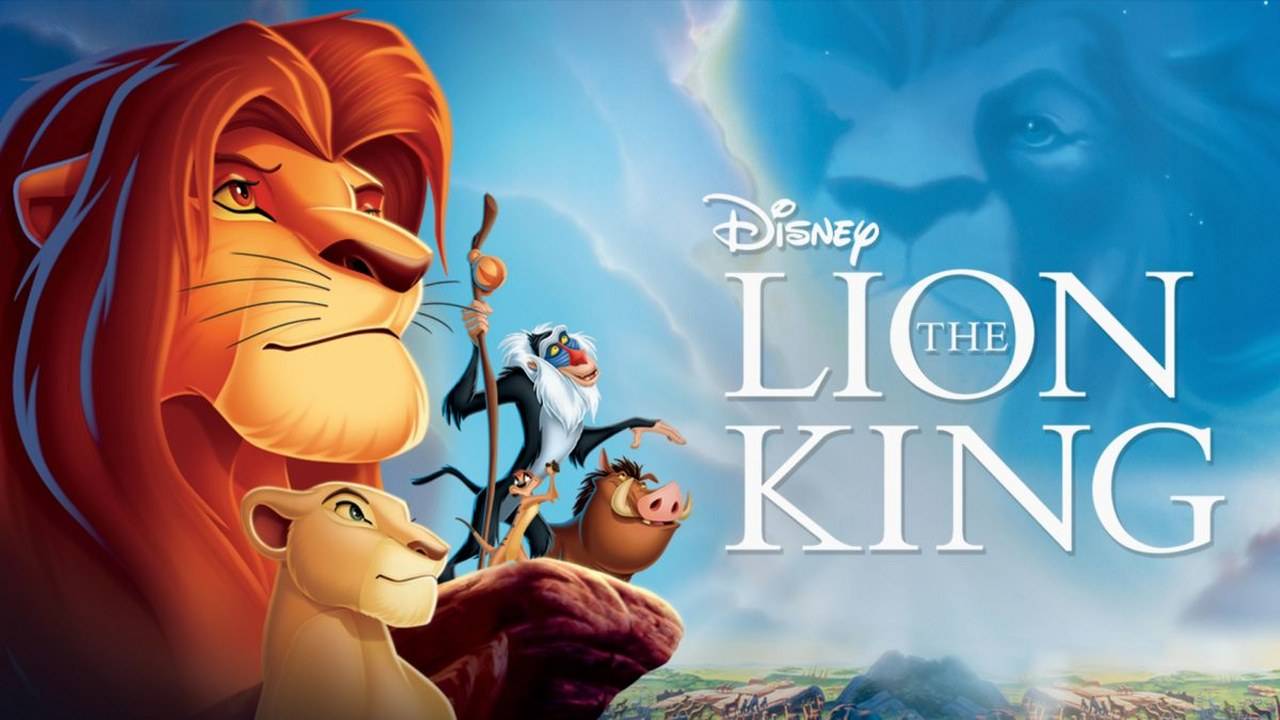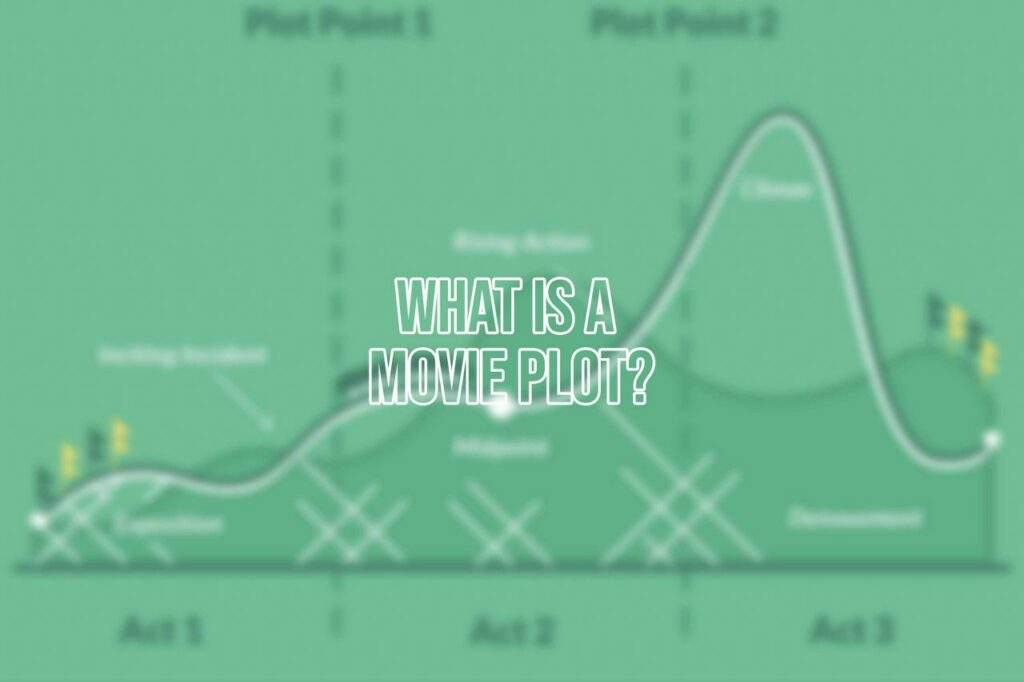If you are a filmmaker, film scholar, or just anyone who is looking into writing or understanding how to write a movie plot, writing one can feel somehow complex or daunting. However, with the right tools and a bit of technical know-how, that process can be made easy.
In this article, we’ll walk you through the whole process of understanding what makes a movie plot great, from actually getting to define what it is to the types of movie plots that are in existence. So, if you’re ready let’s get your hands dirty so we can get your movie/ film that clean plot it deserves!
First things first, let’s talk about why a movie plot is important. A movie plot is essentially like “the story in your film” because the plot is what happens in a story so without a plot, nothing would happen, and thus there would be no story. In general, act as a guide to help the audience (in this case the one watching your film) understand the themes and characters present in your story. This will help them piece together complex ideas or concepts by following a plot and watching cause and effect in action.
Now that you understand why a movie plot is so important let’s get you started on your journey to coming up with better movie plots!
What is a Movie Plot?
Before you can get started in writing that movie plot you’ve always wanted, you’ll need to first understand what a movie plot is. So what is a movie plot?
A movie plot is a sequence of events that draws the reader from beginning to end that is consciously selected and arranged by the writer. Generally, a plot in a movie builds up to a climax and ends in a resolution toward the final parts of the story.
Essentially, it’s like the part of a movie or TV that you think is the most important part. It is what happens within the story and the reason why the events take place. Now that you already have the definition of a movie plot, let’s try and understand what makes a good movie plot
What makes a great movie plot?
For a movie plot to be termed as great, it must be built around logic. What does this mean you may ask? What this means is that for anything that happens, there must be a consequence that accompanies it.
Before you can get to the fun part of writing your own movie plots, first you’ll need to know what makes a movie plot good.
So here’s what makes a great movie plot:
-
All the plot points in your story naturally link together without making the viewer feel cringe or making the storyline feel out of place or feel like it’s missing something.
-
It will have most of the characters striving to achieve some type of goal throughout the entire plot hence in the process creating some cause and effect the moment these characters make different decisions to reach their goals.
-
Great movie plots will also feature a rising action that in most cases makes your character take on a given journey and before they get an outcome they hit a turning point and their adventure shifts in a new direction.
-
A great plot point must also be conclusive at the end of your story in such a manner that your audience feels like you left no loose ends and thus answering all the questions raised throughout the entire story.
-
For a plot to feel satisfying, it must ultimately show some thematic happening, character growth development, or relieve some tension, that feels meaningful to the viewer.
How many types of movie plots are there?
Now that you already know what makes a movie plot great, its now time for you to understand some of the types of movie plots that exist. These types of plots are not necessarily designed or created for movie plots but can also be used to draft plots for other art forms like novels or plays.
According to Christopher Booker’s book The Seven Basic Plots: Why We Tell Stories (2004) the nature of the dramatic question informs the plot and what kind of story it will be.
Basically, there are 7 types of movie plots according to this book, namely;
-
Overcoming the monster. In this type of plot, the protagonist sets out to defeat an antagonistic force (often evil) that threatens the protagonist and/or the protagonist’s homeland.
-
Rags to riches. For this one, we have a poor protagonist who acquires power, wealth, and/or a mate, then loses it all and gains it back, then grows as a person as a result.
-
The quest. For this type of plot, the protagonist and companions set out to acquire an important object or to get to a location. They face temptations and other obstacles along the way.
-
Comedy. This type of plot features a light and humorous character with a happy or cheerful ending; a dramatic work in which the central motif is the triumph over adverse circumstances, resulting in a successful or happy conclusion.
-
Voyage and return. The protagonist goes to a strange land and, after overcoming the threats it poses or learning important lessons unique to that location, they return with experience.
-
Tragedy. The protagonist is a hero with a major character flaw or great mistake which is ultimately their undoing. Their unfortunate end evokes pity at their folly and the fall of a fundamentally good character.
-
Rebirth. In this type of plot, an event forces the main character to change his or her ways and often become a better person.
In a nutshell, those are some of the plot types you’ll find out there. If you try to carefully analyze the films you watch, you will most likely find that all of them fall into any of the types above.
What is the Difference Between Story and Plot?
When it comes to drafting your first plot understanding the difference between a plot and a story is really vital. One may now ask, what’s the difference between a plot and a story? The answer is;
A plot is a sequence of events within a story: like a description of what happens and why it happens. A story is a comprehensive narrative. The plot is like a part of the story, but a story also includes settings, characters, themes, and other factors that influence how the events (or plot) are told.
Even though a plot is chronological, a story may unfold nonsequentially, combining the action with sections that focus on character development, building the atmosphere and setting.
How story structure creates and shapes a movie plot
First of all, before we get to understand how story structure affects or shapes a movie plot, we need to first know what story structure is.
So, what is a story structure in a film? Well, Story structure, also known as narrative structure, is the order in which events are organized into a beginning, middle, and end in a movie or film.
Now the question is how does this affect a movie plot? The narrative structure answers all the questions from the viewer by providing a climax followed by resolution and information at the end of the story. In other words, a well-crafted story structure creates a satisfying narrative experience that accomplishes the movie’s plot goals.
Examples of Movie Plot in Film and TV
Finally, it’s time for us to have a closer look at what we have been discussing in the practical world of movies… Hopefully, from these examples, you’ll identify the type of plots the writer used and try to see what makes them great.
The Shawshank Redemption (1994)

After the murder of his wife, hotshot banker Andrew Dufresne is sent to Shawshank Prison, where his stay there is met with unpleasantness. Over the years, he retains hope and eventually gains the respect of his fellow inmates, especially longtime convict “Red” Redding, a black marketer, and becomes influential within the prison. Eventually, Andrew achieves his end on his own terms.
The Godfather (1972)

The Godfather “Don” Vito Corleone is the head of the Corleone mafia family in New York. He is at the event of his daughter’s wedding. Michael, Vito’s youngest son and a decorated WW II Marine is also present at the wedding. Michael seems to be uninterested in being a part of the family business. Vito is a powerful man, and is kind to all those who give him respect but is ruthless against those who do not. But when a powerful and treacherous rival wants to sell drugs and needs the Don’s influence for the same, Vito refuses to do it. What follows is a clash between Vito’s fading old values and the new ways which may cause Michael to do the thing he was most reluctant in doing and wage a mob war against all the other mafia families which could tear the Corleone family apart.
The Lion King (1994)

A young lion prince is cast out of his pride by his cruel uncle, who claims he killed his father. While the uncle rules with an iron paw, the prince grows up beyond the Savannah, living by a philosophy: No worries for the rest of your days. But when his past comes to haunt him, the young prince must decide his fate: Will he remain an outcast or face his demons and become what he needs to be?
Final Thoughts
And there you have it – A complete guide on what is a movie plot! Just a reminder, The process of crafting a great movie plot takes time, so take your time.
For more filmmaking articles like this one be sure to check it out here!


